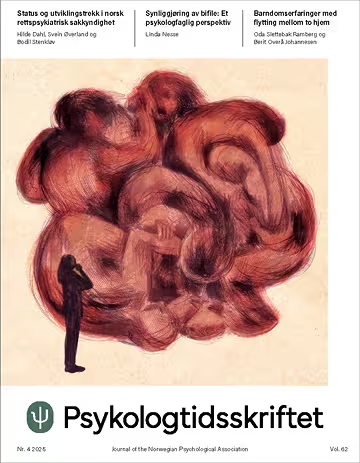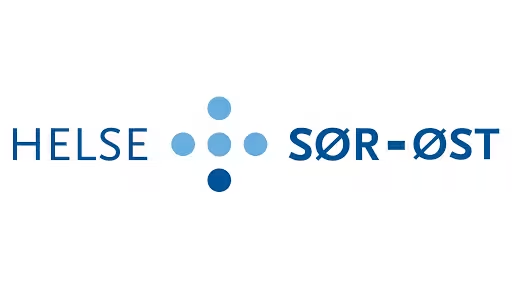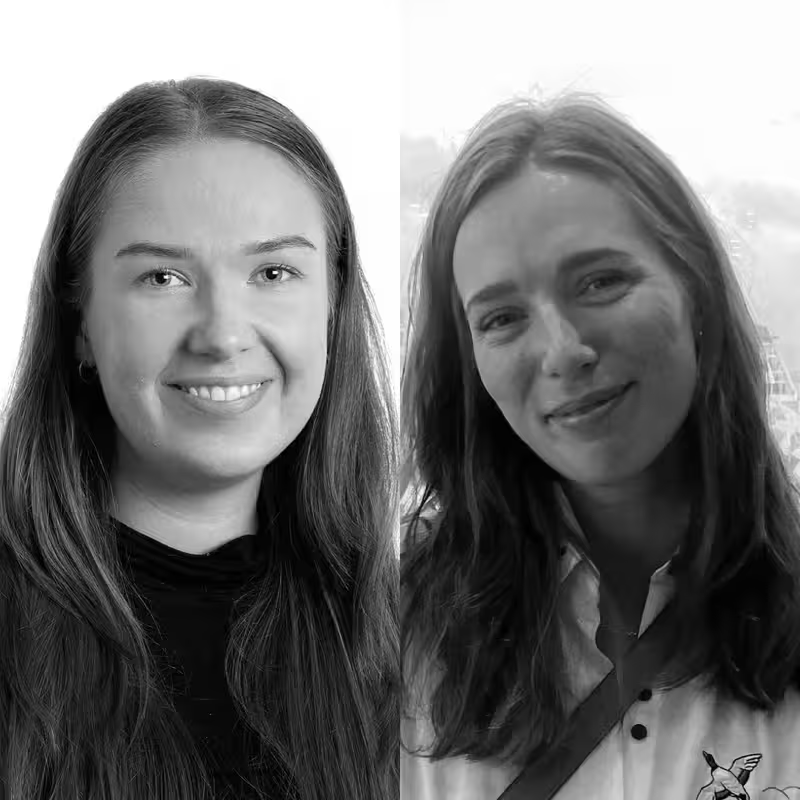Fag

Arbeid med traumer og tannbehandlingsangst
Psykologer kan spille en viktig rolle i å tilrettelegge for og støtte overgrepsutsatte når de skal eksponere seg for tannlegestolen.

Kleine-Levin syndrom – beskrivelse og kliniske implikasjoner
Sjeldne søvnsykdommer kan manifestere seg som alvorlig psykisk lidelse. Kunnskap om slike tilstander og søvnkompetanse er derfor viktig i utredning ved DPS.

Kort & Godt om Tourettes syndrom og andre ticstilstander
Programmet har som hensikt å bidra til et likt tilbud om psykoedukasjon på tvers av klinikker.

Krevende situasjoner for EFT-terapeuter
Aktuelt

Nye krav til evidens på bekostning av klinisk skjønn

Går videre med test for å autorisere psykologer, tross varsku
Helse- og omsorgsdepartementet har gitt Helsedirektoratet i oppdrag å tilby egnethetsprøver som alternativ til prøveperiode for psykologer utdannet i andre EU/EØS-land som søker norsk autorisasjon. Uforståelig, sier Norman Anderssen ved psykologisk fakultet, UiB.

Vil ha test for å autorisere psykologer utdannet i utlandet:
– Farlig for pasienter
Helsemyndighetene vil ha egnethetstest for å autorisere psykologer utdannet i utlandet – en snarvei med risiko for pasientsikkerhet, advarer profesjonsutdanningene.

Fem saker vi følger i 2025
Psykologstanden styrer mot veiskiller i fagpolitikken, profesjonsutdanningen og forskningsfeltet.
Meninger

Hvem er psykologene til for?
Psykologers virksomhet er til for befolkningen, som fortjener å vite om det vi gjør, er til nytte eller skade.

Faget, profesjonen og videre utvikling
Skal vi styrkes som profesjon, trenger vi å bevare fagets bredde, og vi trenger å være bevisst på hele samfunnsoppdraget vårt.

En stabil kurs for foreningen
I usikre tider trenger Psykologforeningen tydelig lederskap og retning, noe jeg vil tilby.

Vi trenger et prioriteringsfag
Det er på høy tid at psykologprofesjonen rister av seg voksesmertene og omfavner sitt nyervervede, tunge samfunnsansvar.
Bokstoff

Narsissisme med innestemme
Med Den fabelaktige narsissisten forsøker Espen Skorstad «å bruke innestemme i behandlingen av en personlighet det ropes altfor mye om i vår tid».

Hukommelsens mysterier: hvordan vi lærer, glemmer og formes
En lettfattelig og engasjerende bok som minner oss om hvordan vi husker og hvorfor vi glemmer.

Hvordan forstå barnet som voldsutøver
Zemir Popovacs bok er et godt bidrag til å forstå barn som utøver vold.

Terapeutens smerte: motoverføringens lidelser og kvaler
The Analyst's Torment minner oss på terapeutens begrensninger og kostnaden av å ta inn andre menneskers lidelse.




















